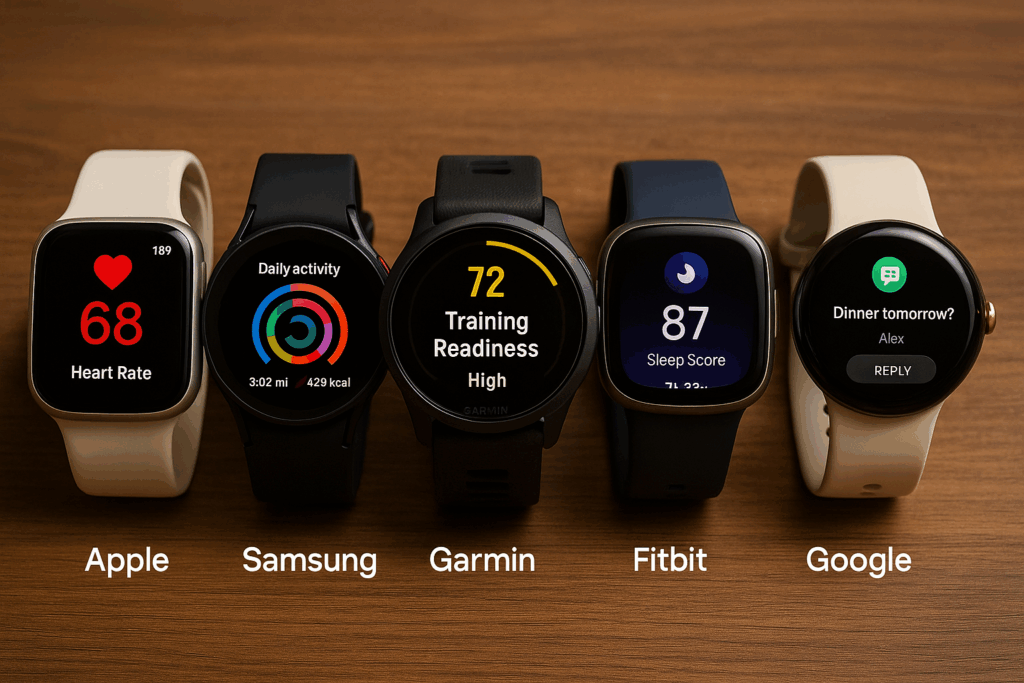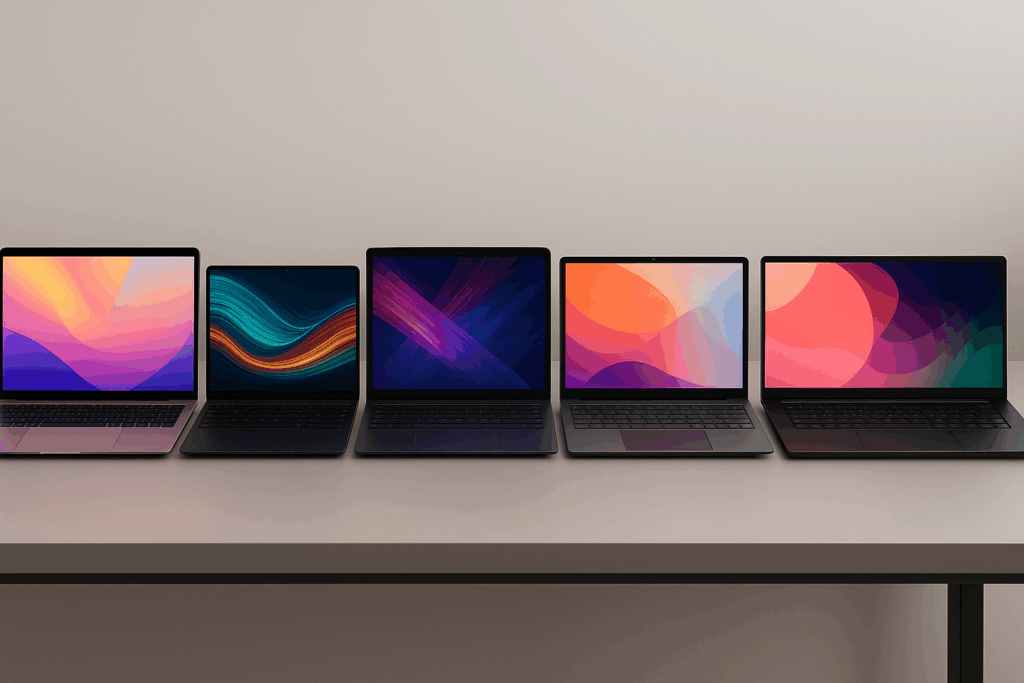Technology in 2025 feels a little different. There’s a sense that we’re not just getting more gadgets or faster apps, but that the very backbone of how we live, work, and connect is shifting. Some trends are easy to spot-AI is everywhere, for example-but others are quietly weaving themselves into daily life, changing things in ways you might not even notice at first. Let’s take a look at the most important technology trends of 2025, what’s driving them, and how they might impact you-whether you’re a tech enthusiast or just trying to keep up.
Agentic AI: From Assistants to Autonomous Agents
Artificial intelligence isn’t just about chatbots anymore. In 2025, the rise of agentic AI means we’re seeing digital agents that don’t just answer questions-they can actually plan, execute, and adapt to achieve goals on their own. Think of virtual assistants that book your travel, manage your calendar, or even handle business tasks without constant human oversight. These agents are already showing up in autonomous vehicles, robotic process automation, and advanced virtual assistants13.
The upside? A virtual workforce that can offload repetitive or complex tasks, freeing up time for more creative or strategic work. The challenge is making sure these agents act in our best interests-AI governance is now a major topic, with new platforms emerging to monitor and guide how these systems behave3.
Neuromorphic and Quantum Computing: Beyond Silicon
Traditional computers are powerful, but they’re hitting limits-especially as AI and data demands soar. Enter neuromorphic computing, which mimics the human brain’s structure to process information in parallel, making it much more efficient for AI tasks1. These chips act more like neurons, enabling faster, more energy-efficient processing.
Meanwhile, quantum computing is moving from theory to real-world applications. In 2025, quantum tech is starting to tackle problems that stump even supercomputers, like advanced cryptography and drug discovery25. The technology is still young, but its potential to revolutionize industries is enormous.
Energy-Efficient and Hybrid Computing: Greener Tech
The explosion of AI and data centers comes with a catch: massive energy use. That’s why energy-efficient computing is a top trend this year. Companies are rethinking everything from chip design to software algorithms, aiming to cut carbon footprints and keep up with legal and social pressures for sustainability3.
Hybrid computing is also gaining traction, blending different architectures (like cloud, edge, and quantum) to solve complex problems more efficiently. This approach allows for real-time personalization, smarter automation, and even using the human body as a computing platform-a concept that’s still experimental, but not as far off as it sounds3.
Extended Reality (XR): Immersive Experiences Everywhere
Forget the old boundaries between physical and digital. Extended reality (XR)-which includes virtual reality (VR), augmented reality (AR), and mixed reality-is becoming mainstream in 202525. In education, students explore ancient cities or complex molecules in 3D. In entertainment, VR offers immersive games and cinematic experiences that feel genuinely new.
Retailers are using AR to let shoppers “try on” clothes or preview furniture in their homes, while industries like healthcare and manufacturing use XR for training, simulation, and design. The technology is getting lighter, more affordable, and easier to use, which means it’s showing up in more places than ever before25.
Smart Cities and the Expanding Internet of Things (IoT)
The Internet of Things (IoT) is no longer just about smart thermostats. In 2025, billions of connected devices are transforming entire cities-optimizing traffic, monitoring pollution, and making public spaces safer and more efficient2. In manufacturing, IoT sensors track production lines in real time, predicting maintenance before breakdowns happen. In agriculture, smart sensors monitor soil and crops, leading to more sustainable harvests.
All this connectivity means more data, which feeds back into AI systems, making operations even smarter. The challenge? Security and privacy are bigger concerns than ever, and companies are investing heavily in new cybersecurity solutions to keep up23.
5G Expansion: The Backbone of Real-Time Everything
If you’ve noticed your phone or smart devices getting faster and more reliable, thank the ongoing 5G expansion. The rollout of next-generation mobile networks in 2025 is enabling real-time communication, cloud gaming, and seamless IoT connections5. This speed is crucial for everything from autonomous vehicles to immersive AR apps, supporting the new wave of innovation across industries.
Synthetic Media and Spatial Computing
Synthetic media-AI-generated images, videos, and voices-are changing how we create and consume content. In 2025, these tools are used for everything from marketing to personalized education, but they also raise questions about trust and authenticity1. Meanwhile, spatial computing is digitally enhancing the physical world, letting us interact with data and digital objects as if they were real, whether in gaming, retail, or healthcare3.
Polyfunctional Robots and Human-Machine Synergy
Robots are getting smarter and more adaptable. Polyfunctional robots can switch between tasks seamlessly, from warehouse logistics to assisting in hospitals3. The real story, though, is human-machine synergy: robots and AI aren’t replacing people, but working alongside them, boosting productivity and safety.
Neurological Enhancement: The Next Human Frontier
Technology is starting to interface directly with our brains. Neurological enhancement tools-like brain-computer interfaces-are being explored for everything from personalized education to helping people with disabilities3. It’s early days, and there are big ethical questions, but the potential for cognitive enhancement and new ways of interacting with technology is huge.
AI Everywhere: The Unseen Infrastructure
Perhaps the most profound trend of 2025 is the quiet, almost invisible spread of AI into every part of life. As Deloitte notes, AI is becoming so foundational that, like electricity or the internet, we’ll soon stop noticing it’s there4. It will power traffic systems, personalize healthcare, optimize logistics, and even create adaptive learning paths in schools. The future isn’t just “more AI”-it’s AI woven into the background of everything we do.
Final Thoughts: Living in the Future, One Trend at a Time
The technology trends of 2025 aren’t just about shiny new gadgets-they’re about deeper shifts in how our world works. From agentic AI and neuromorphic chips to XR and smart cities, we’re entering an era where digital and physical realities are blending, and where the most powerful tech might be the one you barely notice.
If you’re feeling a bit overwhelmed, you’re not alone. The best way to keep up? Stay curious, ask questions, and don’t be afraid to try something new-because the future is arriving faster than ever.



Looking for best amazon research tools? Here is the complete guide
25 Easy Steps To Make Your Website Faster